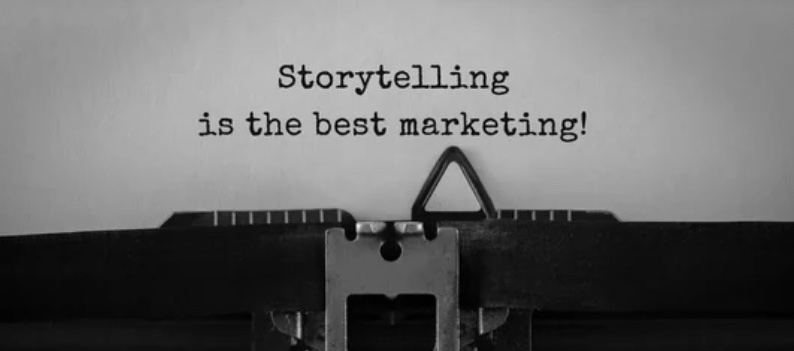5 Tips for Driving Business Growth with Storytelling

The cost to attract new customers can be five times that to retain current clients. At the same time, retaining customers can increase profits by 25 to 95%, according to Outbound Engine. Yes. You read those figures correctly. One powerful tool you might use sometimes but not consistently is storytelling. Compelling narratives create deeper connections […]
From Backyard to Book: The Power of Planning

Creating a beautiful patio and garden space in my backyard was incredibly rewarding, not just for the transformation of my outdoor area, but for how it reminded me about the importance of planning, execution, and the importance of community. As someone with ADHD, I often find myself hyperfocused on an activity or topic that isn’t […]
Connecting with Your Customers Through Stories

Connecting with your customers on a deeper level is more crucial than ever. While quality products and services are important, they aren’t enough to foster long-term customer loyalty. What truly makes your brand stand out is your ability to build trust and emotional connections with your audience. One of the most effective ways to achieve […]
Harness the power of personal storytelling to build a strong personal brand

Whether you have an online business or a brick-and-mortar location, you need more than a great product or service. Customers want to connect with the person behind the brand. They want to know your story, your values, and what makes you different. This is where personal storytelling comes into play. By sharing yourself through stories, […]
Why 3 Sets of Eyes are Better Than One

I’m so excited! I am beyond proud to announce the addition of two new copy editors to our team. The addition of Tajah Ware and Tayler Otten offers myriad benefits to our editing and ghostwriting clients. Higher Degree of Quality and Precision Having Ware and Otten as part of the Pens & Proof team means […]
No Time to Write Your Book? Interview-Style Ghostwriting Could Be the Answer

You know you need to write a book. You can’t get it out of your head, but you don’t know where to start, or how to market and sell your book when it is published. Time, however, remains a challenge because your schedule is always jam-packed. Interview-style ghostwriting could be the answer. What is interview-style […]
Start Strong: Pre-Publication Marketing Strategies for Writers

Whew! You’re close to completing your book, and I know it has been a tough journey at times. Congratulations! Now comes the real work: To not just recoup your investment in writing, editing, and publishing your book, you need to market and sell it. Think of your book as your side hustle or, at the very […]
One Editor’s Definitions for the 4 Levels of Editing

If you’re diving into authorship, you need to know that not all editing is created equal. When your manuscript is ready for the next step in your publishing journey, understanding the different levels of editing will help you choose the right path forward for your book. 📖✨ Proofreading (Mechanics) Technically, proofreading is the final step […]
Choose Your Path: Traditional, Self, or Hybrid Publishing

When your book is ready, you have a choice: traditional, self, or hybrid publishing. Each one offers a list of pros and cons, and I gathered them here so you can make the decision best for your publishing journey. Traditional Publishing Opting for traditional publishing means securing an agent, and you can start looking at publishersmarketplace.com. […]
Finding the Perfect Editor for Your Nonfiction Book

Congratulations! You’ve known for years that you needed to write a book about your zone of genius and you finally did it! Now, it’s time for you to find an editor. And yes, you need a professional. Why you need an editor Your editor is essentially your quality control, which is especially important if […]
